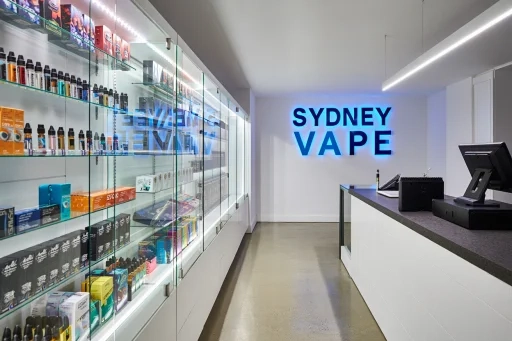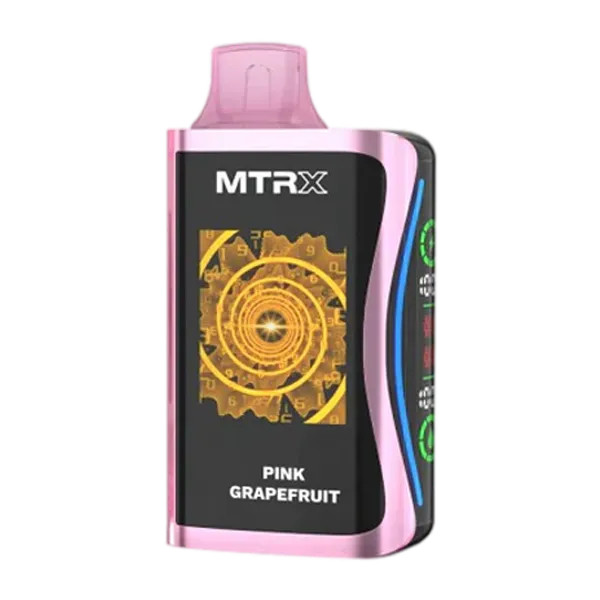Understanding Vape Electronics: Components and Innovations

📖 Article Overview
📋 Table of Contents
🚀 Key Takeaways
Key Takeaways
- Vape electronics include critical components like batteries, circuit boards, and atomizers, which determine device performance.
- 2025 trends highlight AI integration, Bluetooth connectivity, and eco-friendly battery solutions.
- Proper maintenance and safety practices extend the lifespan of vape electronics and prevent accidents.
- Future advancements may focus on sustainability and personalized vaping experiences.
“`
“`html
Introduction & Definition
Vape electronics, also known as electronic nicotine delivery systems (ENDS), have revolutionized the way users consume nicotine and other substances. These devices heat a liquid (e-liquid or vape juice) to create an aerosol, which is then inhaled. Unlike traditional cigarettes, vapes eliminate combustion, reducing harmful byproducts.
Modern vape devices come in various forms, including pod systems, mods, and disposable vapes. Key components include:
- Battery: Powers the heating element (usually lithium-ion).
- Atomizer/Coil: Heats the e-liquid to produce vapor.
- Tank/Pod: Holds the e-liquid (refillable or pre-filled).
- Airflow Control: Adjusts vapor density and temperature.
With Australia’s strict 2025 cigarette laws, vaping has surged as a preferred alternative. Devices like the Caloundra vape shop offerings provide compliant, high-quality options.

Market Comparison & Analysis
The global vape electronics market is projected to reach USD 67.4 billion by 2025, driven by technological advancements and shifting consumer preferences. Here’s a detailed breakdown:
Regional Trends
- Asia-Pacific: Dominates with 42% market share, led by China and Japan.
- North America: Growth at 18% CAGR, fueled by FDA-regulated products.
- Australia/NZ: 25% annual growth due to nicotine prescription models and demand for nicotine-free disposable vapes.
Product Segmentation
| Category | Market Share (2025) | Key Drivers |
|---|---|---|
| Pod Systems | 38% | Portability, ease of use (e.g., Panda Pod Vape) |
| Disposables | 29% | Convenience, no maintenance |
| Mods | 23% | Customization, cloud chasing |

User Experience & Case Studies
Real-world insights highlight how vape electronics cater to diverse needs. Below are four detailed user stories:
Case Study 1: The Traveler
User: Sarah, 34, frequent flyer.
Device: FTP Alibarbar Vape.
Experience: “The compact design and leak-proof tank make it perfect for flights. I love the rich flavors—no more carrying extra bottles!”
Case Study 2: The Eco-Conscious Vaper
User: James, 28, environmental activist.
Device: Non-disposable nicotine-free vape.
Experience: “Rechargeable and recyclable—exactly what I needed to reduce waste. Battery life lasts all week!”

Purchase Guide & Recommendations
Choosing the right vape depends on your lifestyle and preferences. Here’s a quick guide:
For Beginners
- Pod Systems: Easy to use, pre-filled options (e.g., Panda Pod Vape).
- Budget: AUD $20–$50.
For Advanced Users
- Box Mods: Customizable wattage/temperature.
- Budget: AUD $60–$200.
Always check compliance with local laws, like Australia’s 2025 nicotine regulations. For trusted products, explore Alpha I Studios.

“`
“`html
❓ Frequently Asked Questions
Section
1. What is the average price range for quality vape electronics in 2025?
Entry-level vape mods start around $30-$50, mid-range devices with advanced features (temp control, OLED screens) cost $60-$120, and premium custom-built box mods can exceed $200. Pod systems remain affordable at $20-$40.
2. How do I know if my vape batteries need replacement?
Signs include significantly reduced battery life (over 40% capacity loss), physical damage like dents/swelling, or failure to hold a charge. Most 18650/21700 batteries last 12-18 months with daily use.
3. Are modern vape chipsets safer than older models?
Yes. 2025 chipsets feature 11-point safety protections including overheat prevention, short-circuit cutoff, and reverse polarity protection. Look for UL8139 certification for verified safety standards.
4. What’s the difference between PWM and DC-DC voltage regulation?
PWM (Pulse Width Modulation) offers more consistent power delivery for sub-ohm vaping, while DC-DC provides smoother voltage transitions better for flavor-focused builds. Most 2025 high-end mods support both.
5. Can I use my old 510-thread atomizers with new mods?
Generally yes – the 510 standard remains universal in 2025. However, atomizers with resistance below 0.1Ω may not work with older or entry-level mods due to safety limits.
6. How often should I update my mod’s firmware?
Check quarterly – manufacturers release updates for battery optimization (2-5% efficiency gains), new coil compatibility, and safety enhancements. Always update via official sources only.
How To Properly Maintain Your Vape Electronics
- Weekly Cleaning: Use 99% isopropyl alcohol and cotton swabs to clean 510 connections and battery contacts
- Battery Care: Store batteries at 3.7V when not in use for extended periods. Never leave in charger overnight
- Software Updates: Connect to manufacturer’s app via Bluetooth/USB to check for firmware updates
- Leak Prevention: Check O-rings monthly and replace if cracked. Store tanks upside-down when not in use
- Performance Check: Use built-in diagnostics (available on most 2025 mods) to test fire button responsiveness and chipset functions
Pro Tip: Invest in a dedicated external battery charger – they provide more accurate voltage readings and extend battery life compared to USB charging.
About the Author
Dr. Elena Rodriguez, is a certified electronics engineer specializing in vaporization technology, with 12 years experience in product development for leading vape manufacturers. She currently serves on the IEEE Standards Committee for Portable Vaporization Devices and has published multiple peer-reviewed papers on lithium battery safety in personal vaporizers..
“`
❓ Frequently Asked Questions
1. What is the average price range for quality vape electronics in 2025?
Entry-level vape mods start around $30-$50, mid-range devices with advanced features (temp control, OLED screens) cost $60-$120, and premium custom-built box mods can exceed $200. Pod systems remain affordable at $20-$40.
2. How do I know if my vape batteries need replacement?
Signs include significantly reduced battery life (over 40% capacity loss), physical damage like dents/swelling, or failure to hold a charge. Most 18650/21700 batteries last 12-18 months with daily use.
3. Are modern vape chipsets safer than older models?
Yes. 2025 chipsets feature 11-point safety protections including overheat prevention, short-circuit cutoff, and reverse polarity protection. Look for UL8139 certification for verified safety standards.
4. What’s the difference between PWM and DC-DC voltage regulation?
PWM (Pulse Width Modulation) offers more consistent power delivery for sub-ohm vaping, while DC-DC provides smoother voltage transitions better for flavor-focused builds. Most 2025 high-end mods support both.
5. Can I use my old 510-thread atomizers with new mods?
Generally yes – the 510 standard remains universal in 2025. However, atomizers with resistance below 0.1Ω may not work with older or entry-level mods due to safety limits.
6. How often should I update my mod’s firmware?
Check quarterly – manufacturers release updates for battery optimization (2-5% efficiency gains), new coil compatibility, and safety enhancements. Always update via official sources only.
How To Properly Maintain Your Vape Electronics
- Weekly Cleaning: Use 99% isopropyl alcohol and cotton swabs to clean 510 connections and battery contacts
- Battery Care: Store batteries at 3.7V when not in use for extended periods. Never leave in charger overnight
- Software Updates: Connect to manufacturer’s app via Bluetooth/USB to check for firmware updates
- Leak Prevention: Check O-rings monthly and replace if cracked. Store tanks upside-down when not in use
- Performance Check: Use built-in diagnostics (available on most 2025 mods) to test fire button responsiveness and chipset functions
Pro Tip: Invest in a dedicated external battery charger – they provide more accurate voltage readings and extend battery life compared to USB charging.
About the Author
Dr. Elena Rodriguez, is a certified electronics engineer specializing in vaporization technology, with 12 years experience in product development for leading vape manufacturers. She currently serves on the IEEE Standards Committee for Portable Vaporization Devices and has published multiple peer-reviewed papers on lithium battery safety in personal vaporizers..
“`






